PubMed comprises more than 23 million citations for biomedical literature from MEDLINE, life science journals, and online books. Citations may include links to full-text content from PubMed Central and publisher web sites.
Get Started for FREE
Sign up with Facebook Sign up with X
I don't have a Facebook or a X account

 Your new post is loading... Your new post is loading...
 Your new post is loading... Your new post is loading...
BigField GEG Tech's insight:
The first high resolution three-dimensional structure of the DNA modifying enzyme Cas9. Nice!
Synthetic spider silk strong enough for a superhero, the research pipeline for synthetic spider silk is very active, and scientists expect that production is right on the verge of scaling up.
BigField GEG Tech's insight:
Scientists studying the sexual transformation of the malaria parasite have solved a long-standing mystery in parasite biology. Two research teams have independently discovered that a single protein acts as the master genetic switch that triggers the development of male and female sexual forms of the malaria parasite. The research also gives important clues for identifying the underlying mechanisms that control this developmental fate, determining whether or not a malaria parasite will be able to transmit the disease. The discovery has important implications for human health.
BigField GEG Tech's insight:
Over the last decade, as DNA-sequencing technology has grown ever faster and cheaper, our understanding of the human genome has increased accordingly. Yet scientists have until recently remained largely ham-fisted when they’ve tried to directly modify genes in a living cell. Take sickle-cell anemia, for example. A debilitating and often deadly disease, it is caused by a mutation in just one of a patient’s three billion DNA base pairs. Even though this genetic error is simple and well studied, researchers are helpless to correct it and halt its devastating effects. Now there is hope in the form of new genome-engineering tools, particularly one called CRISPR. This technology could allow researchers to perform microsurgery on genes, precisely and easily changing a DNA sequence at exact locations on a chromosome. Along with a technique called TALENs, invented several years ago, and a slightly older predecessor based on molecules called zinc finger nucleases, CRISPR could make gene therapies more broadly applicable, providing remedies for simple genetic disorders like sickle-cell anemia and eventually even leading to cures for more complex diseases involving multiple genes. Most conventional gene therapies crudely place new genetic material at a random location in the cell and can only add a gene. In contrast, CRISPR and the other new tools also give scientists a precise way to delete and edit specific bits of DNA—even by changing a single base pair. This means they can rewrite the human genome at will. Via Szabolcs Kósa
BigField GEG Tech's insight:
BigField GEG Tech's insight:
New advance in 3-D printing and tissue engineering technology.
PLOS ONE: an inclusive, peer-reviewed, open-access resource from the PUBLIC LIBRARY OF SCIENCE. Reports of well-performed scientific studies from all disciplines freely available to the whole world.
BigField GEG Tech's insight:
An leech smashes the record of frost-resistance. Ozobranchus jantseanus can survive until 24h in liquid nitrogen (-196°C) or to −90°C for up to 32 months. Amazing! This discovery will prove useful for future studies in cryogenic field.
By introducing a gene from the snapdragon, genetic engineers have imbued the purple tomato with the healing, cancer-fighting power of compounds nature placed in less popular (and more expensive) fruits, such as blackberries and cranberries.
BigField GEG Tech's insight:
BigField GEG Tech's insight:
A new technic which allows to observe the vibrations of the proteins, this new tool will surely open new field of investigations!
|
PhiC31 integrase-mediated gene delivery has been extensively used in gene therapy and animal transgenesis. However, random integration events are observed in phiC31-mediated integration in different types of mammalian cells; as a result, the efficiencies of pseudo attP site integration and evaluation of site-specific integration are compromised. To improve this system, we used an attB-TK fusion gene as a negative selection marker, thereby eliminating random integration during phiC31-mediated transfection. We also excised the selection system and plasmid bacterial backbone by using two other site-specific recombinases, Cre and Dre. Thus, we generated clean transgenic bovine fetal fibroblast cells free of selectable marker and plasmid bacterial backbone. These clean cells were used as donor nuclei for somatic cell nuclear transfer (SCNT), indicating a similar developmental competence of SCNT embryos to that of non-transgenic cells. Therefore, the present gene delivery system facilitated the development of gene therapy and agricultural biotechnology.
BigField GEG Tech's insight:
|

|
Scooped by
BigField GEG Tech
March 10, 2014 5:53 AM
|
In such fungi, RNAi has been induced by expressing hairpin RNAs delivered through plasmids, sequences integrated in fungal or plant genomes, or by RNAi generated in planta by a plant virus… ...

|
Scooped by
BigField GEG Tech
March 5, 2014 3:39 AM
|
A general protocol for the generation of Nanobodies for structural biology http://t.co/AYYkCzgeKp
The opening of a new way of research which seems promising!

|
Scooped by
BigField GEG Tech
February 25, 2014 5:28 AM
|
A paper diagnostic for cancer: Low-cost urine test amplifies signals from growing tumors to detect disease. It will be great!

|
Scooped by
BigField GEG Tech
February 24, 2014 9:14 AM
|
Researchers at the Gladstone Institutes use gene editing to move a step closer to genetic disease cure.
A new method to capture rare mutational events, such as single-base substitutions without antibiotic selection. Nice step for the genome editing field!

|
Scooped by
BigField GEG Tech
February 12, 2014 6:00 AM
|
Nanorobots into human cells! The beginning of fantastic voyages?

|
Scooped by
BigField GEG Tech
February 10, 2014 4:49 AM
|
TOYOHASHI, Aichi Prefecture--Scientists said Jan. 21 they have developed the world’s first method to quickly and cheaply detect Alzheimer’s disease and other pathological conditions from a drop of blood at home.
A new detection method which could allow to treat early this disease. But what about the Nocebo effect? This could have significant political, economic and legal implications...

|
Scooped by
BigField GEG Tech
January 29, 2014 3:04 AM
|
Even with promising results in humans paired with dramatic results in earlier tests in primates, a gene therapy treating Parkinson's disease, first developed in 1997, is heading back to the drawing board.
Results about Parkinson gene therapy have just been published, between success and controversy....

|
Scooped by
BigField GEG Tech
January 28, 2014 3:56 AM
|
Scientists at Karolinska Institutet and Gurdon Institute in Cambridge, United Kingdom have identified a novel mechanism that allows pluripotent stem cells to maintain their genome in an unpacked state, and thereby maintain their unique property to...

|
Scooped by
BigField GEG Tech
January 24, 2014 4:50 AM
|
Organovo announced that they are joining together with two institutes from the National Institutes of Health (NIH) to help scientists develop more reliable tools for bringing safer, more effective treatments to patients on a faster timeline.

|
Scooped by
BigField GEG Tech
January 20, 2014 10:18 AM
|
Lentiviral vectors and CRISPR to serve a large scale screening of loss-of-function . Nice!




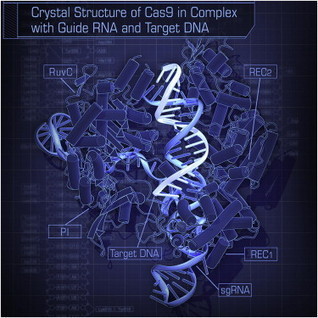

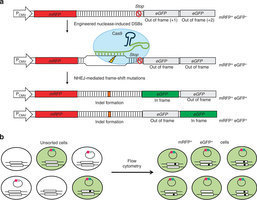


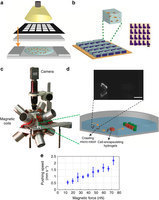
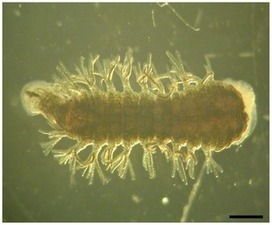

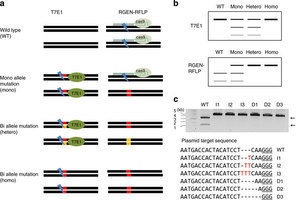
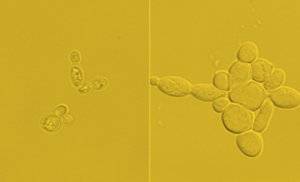


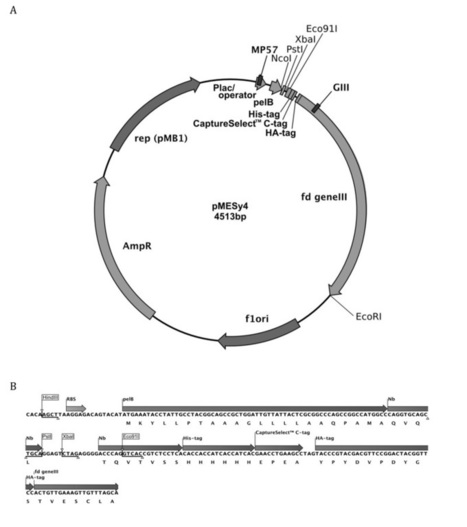

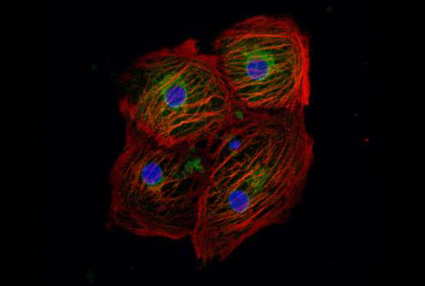


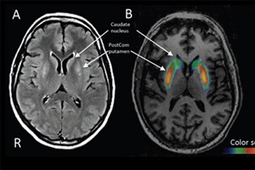

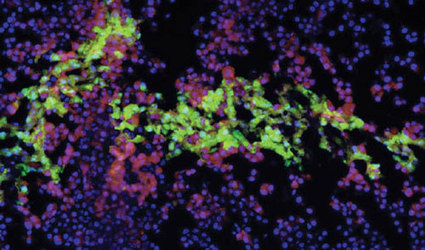







CRISPR to modify HPSC by homologous recombination, and one use of more for this technology!
http://geg-tech.com